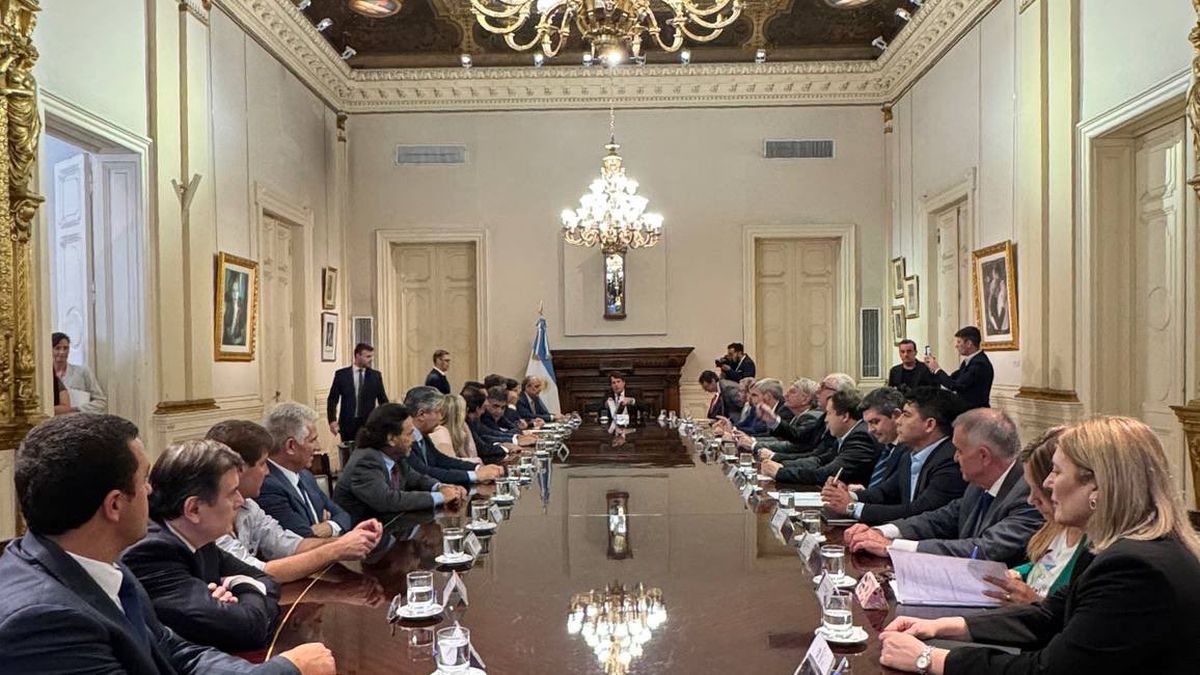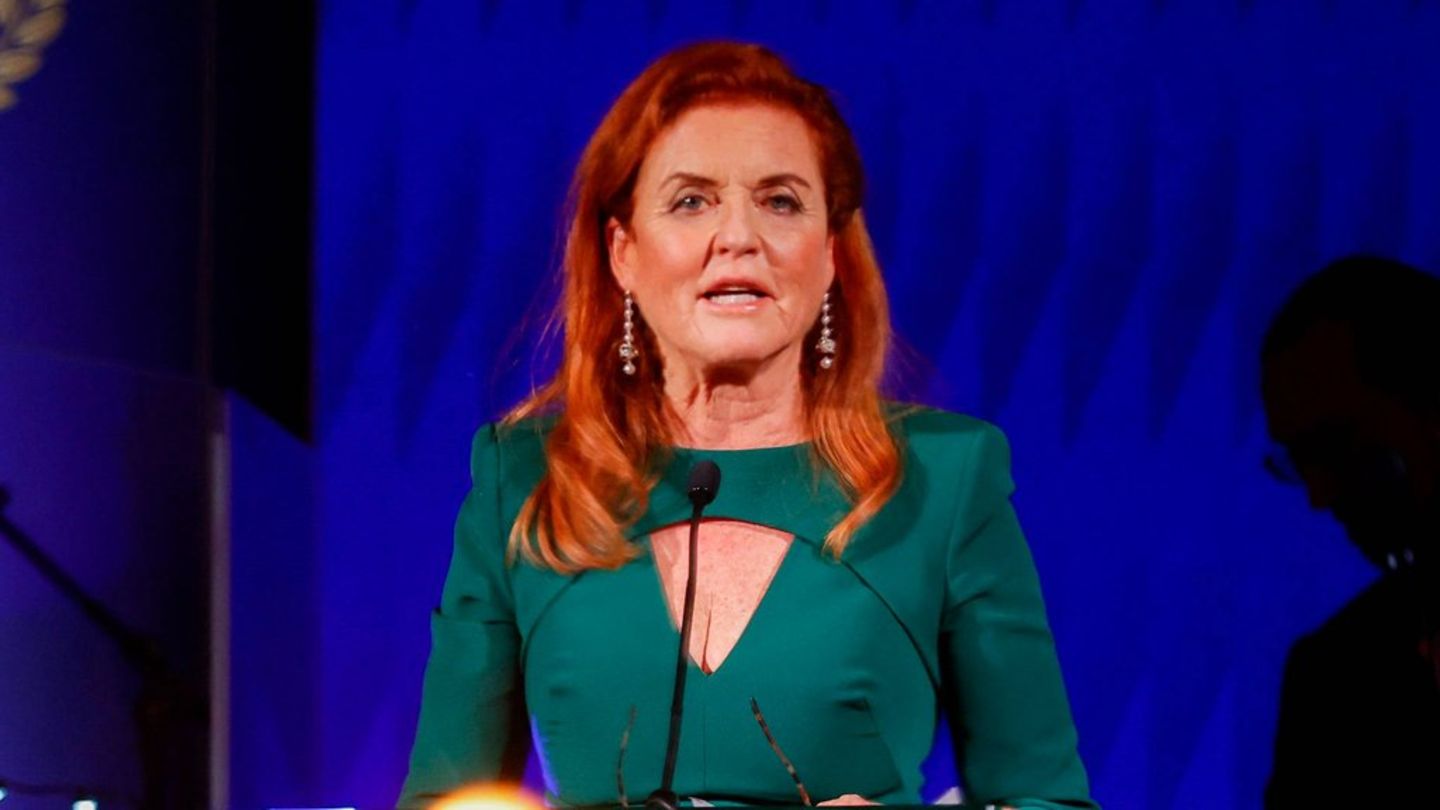While Javier Milei’s government continued cutting funds to the provinces in Marchwhile co-participation resources also decreased, Debt maturities of subnational states rose 340.3%.
Last month they paid commitments for $593,657 million, the highest figure in the last 12 months, according to a consultancy report Politikon Chaco.
In March 2023 they had paid $134,834 million. The jump is due to the fact that the majority of the provinces’ debt is in dollars and euros, so the devaluation of December last year multiplied the need for fiscal effort in pesos to be able to meet creditors.
debt-provinces.png
“In the third month of 2024, provinces and CABA faced maturities of public securities for a total of $593,657 million (pesified total that includes maturities in foreign currency, converted to their corresponding TC), a volume that is 340.3% higher than operated in the same month of 2023 and 141% higher than last February,” said the consulting firm Politikon Chaco.
The report states that “the 74% of the month’s maturities corresponded to bonds while 26% to Letters.”
“In addition, by disaggregating the maturitiesAccording to payment currency, 31% were in pesos (for $181,847 million – includes maturities settled in dollars but paid in pesos) while 69% of the maturities were in foreign currency for US$487 million,” the report indicates.
The data from the consulting firm run by the economist Alejandro Pegoraro indicate that last March’s maturities were the highest in a year. The next most important is February, which totaled US$246,348 million.
How many dollars did the provinces pay?
Four provinces had to face commitments with creditors in foreign currency for a total of US$487 million, a figure that also impacted the reserves of the Central Bank, which last month already had problems adding dollars despite keeping its purchases high.
The province of Buenos Aires had to pay US$333.43 million on the one hand and 15.04 million in euros, on the other. For its part, Jujuy paid US$30.69 million, Mendoza US$59.73 million and Río Negro US$46.58 million.
Debt payments rise but resources fall
The discussion that President Javier Milei has with the governors in those days with a view to what the first president called the May Pact involves the distribution of fiscal resourcesamong them, the restitution of the Income Tax for the fourth category.
In March, the provinces lost 40% of this tax in real terms compared to last year. This is the third largest year-on-year drop in the last two years, behind December 2023 (-40.5%) and January 2024 (-39.1%). That is due to the elimination of last year’s tax.
According to a report from the Center for Argentine Political Economy (CEPA) last month a “decrease in Resources of National Origin of 27.3% in real terms.” In the same sense, the Federal Tax Co-participation showed a 25.5% year-on-year drop.
“Both VAT and Profits significantly reduced their collection in real terms. In the previous month, the figures of these two indicators had presented disparate behaviors: 5.2% VAT and -37.3% Profits,” the study indicates.
Regarding transfers through co-participation, All provinces showed real decreases in the month of March of between 25 and 26.7%. The average for the entire group was -25.5%.
Source: Ambito




